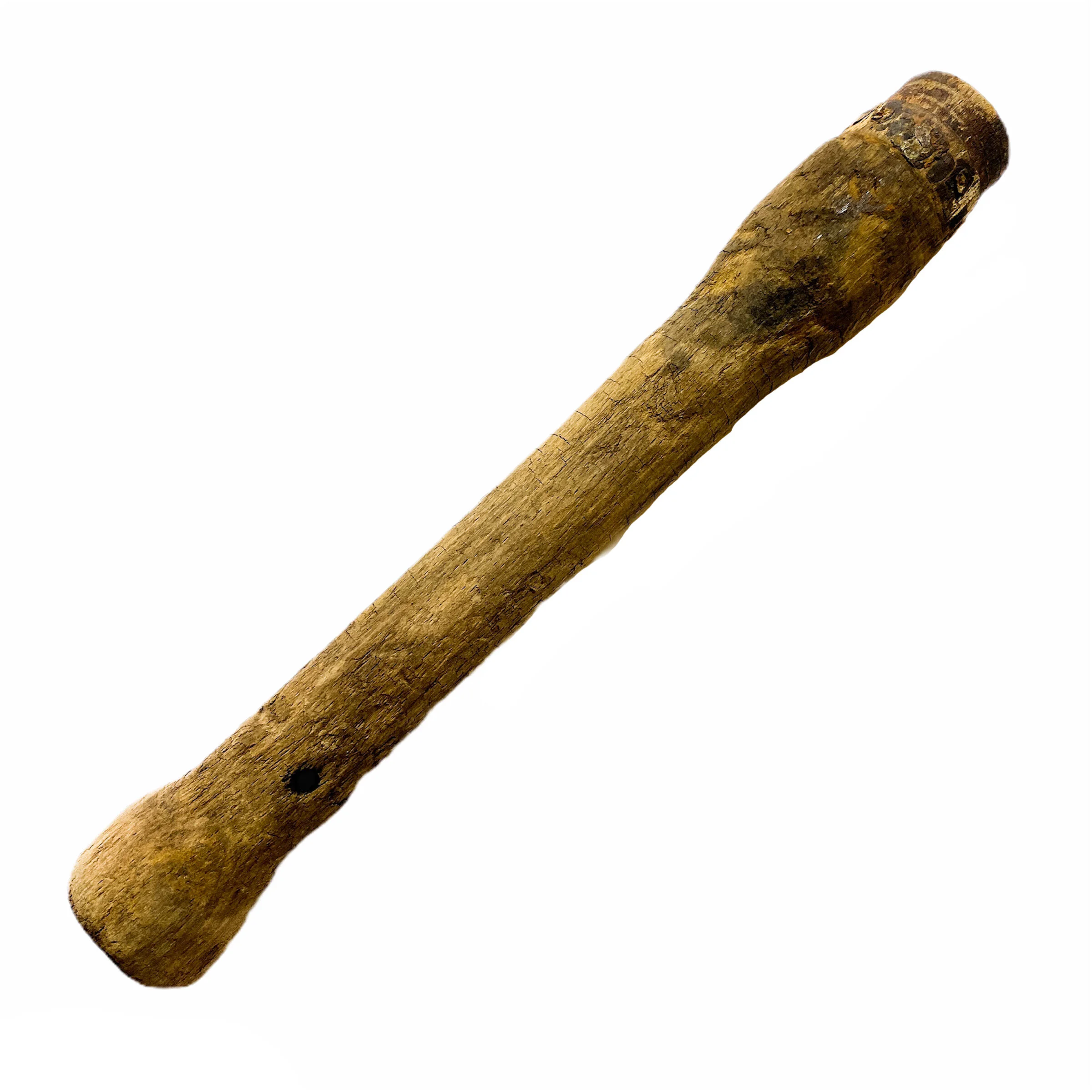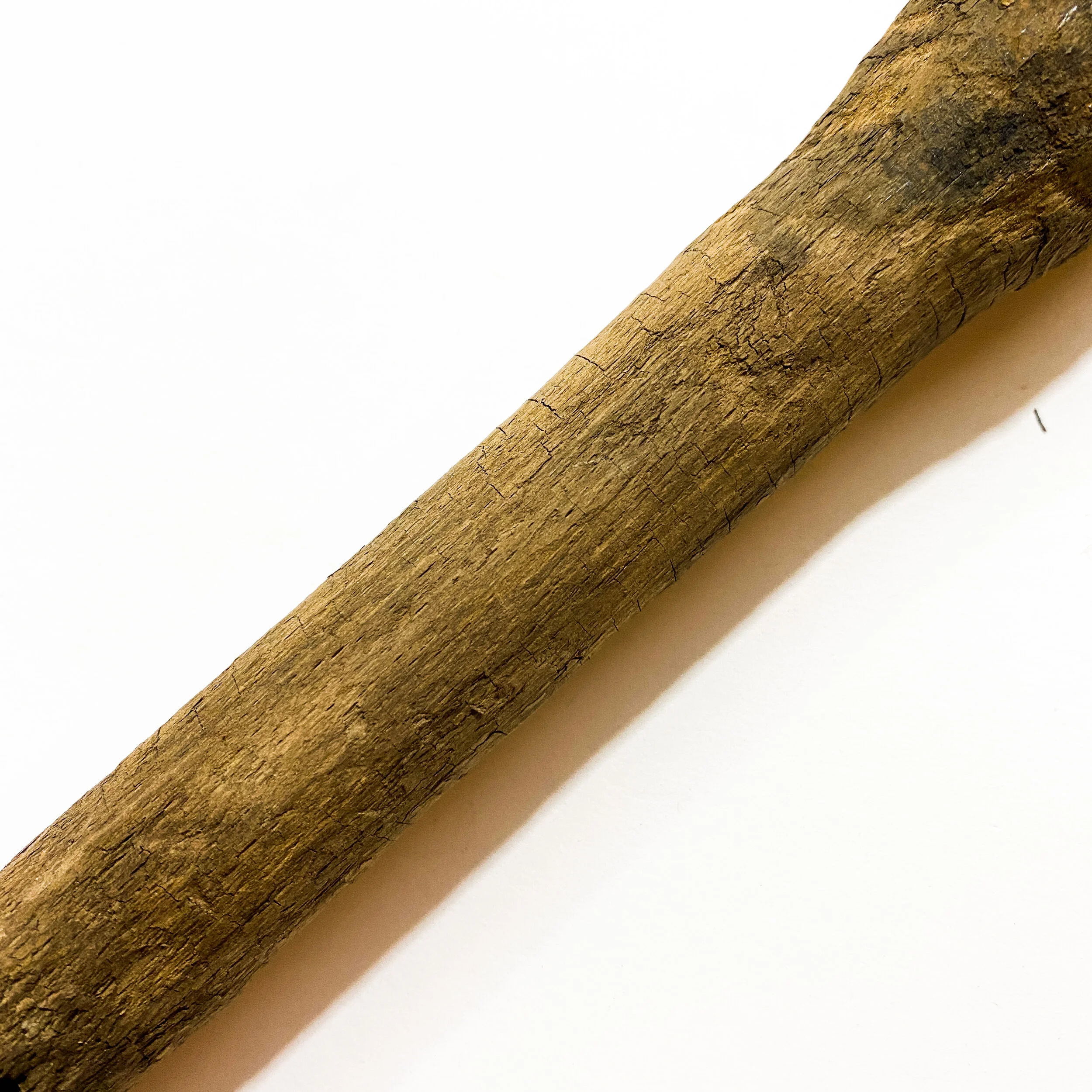WWI Battlefield Dug German Wooden Percussion Grenade Stick #03







WWI Battlefield Dug German Wooden Percussion Grenade Stick #03
This WWI German wooden percussion grenade stick was dug and excavated from a World War I battlefield. This grenade sticked comes off of an early model German Stick Grenade. Later produced stick grenades such as the M17 were the first to introduce a metal cap cover that concealed the porcelain bead and pull cord located near the base of the wooden stick. This protected the pull cord from hanging freely or the bead located near the end of the string from being exposed. This prevented an accidental destination from these earlier models.
The German "Stielhandgranate” was a hand grenade with a distinct and very unique design. While the Stielhandgranate saw minor design improvements throughout the war, it became the standard issued hand grenade of the German Empire during the course of World War I. Because of its distinct shape, during the initial phases of the war, British soldiers began nicknaming the German grenade as a "potato masher" due to its long and narrow appearance. This British Army slang soon spread to A.E.F. soldiers and it was carried on later by Allied soldiers fighting the Germans during WWII. In 1915 the German Empire designed its first version of the stick grenade known as the Model 1915 (M15). The grenade itself was constructed of a cylinder charged explosive steelhead mounted on the top of a long and narrow wooden handle. To prime and activate the grenade, the soldier would unscrew the metal cap located near the base and pull a cord running through the length of the hollowed wooden barrel. Pulling the string downwards dragged the primer through the igniter within the fuse, giving the German soldier approximately 4 to 5 seconds before the detonator exploded.
*Note the last image is of a fully intact WWI German percussion grenade and it is used a reference photo.